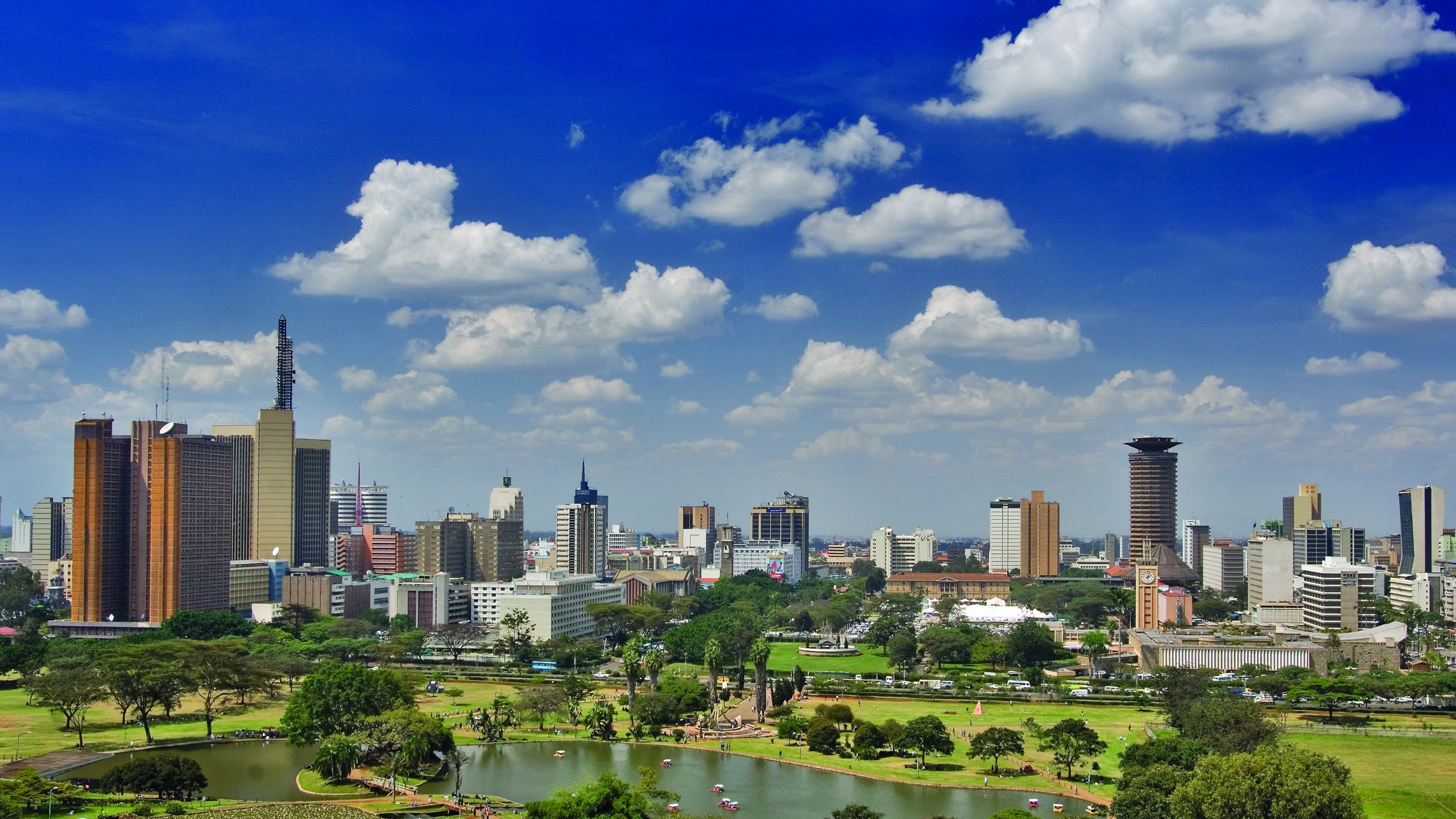Kenya Investment Series – Introduction (1)
Sep 08, 2021

Introduction
Kenya as a gateway to Eastern Africa
Kenya is a member of both the East African Community (EAC) and the Common Market for Eastern and Southern Africa (COMESA). The EAC, which was established in July 2000, has eliminated intra-regional tariffs, introduced common external tariffs, and introduced common regional rules of origin. In addition to Kenya, the EAC’s main members are Burundi, Tanzania, Rwanda, and Uganda, which together have 177 million people (2019) and a regional GDP of $194 billion (2019).
Kenya is also a member of the COMESA. In addition to Burundi, COMESA, which was launched in December 1994, includes 18 other countries (Burundi, Comoros, Congo, Djibouti, Egypt, Eritrea, Ethiopia, Libya, Madagascar, Malawi, Mauritius, Rwanda, Seychelles, Sudan, Swaziland, Uganda, Zambia, Zimbabwe, etc.). The Community promotes cooperation and development in trade and investment, industry, agriculture, resource development, transport, telecommunications, and currency; a customs union for intra-regional trade liberalization; cooperation in customs procedures; improvement of transport administration; revitalization of the private sector. According to the United Nations Conference on Trade and Development (UNCTAD), Kenya has concluded double taxation prevention agreements with the following countries: Canada, Denmark, France, Germany, India, Italy, Norway, South Africa, Sweden, the United Kingdom, and Zambia.
Key points
The following are the main reasons why I believe Kenya may be an important gateway to East Africa:
- Kenya’s official language is English
- It has an overwhelming presence in the EAC with an area of 583,000 square kilometers, a population of 52.57 million and a total nominal GDP of $98.6 billion
- It has the Port of Mombasa, the largest international port in East Africa. In addition to being a base for Kenyan trade, the port plays an important role as a logistics lifeline for landlocked countries (Uganda, Rwanda, Burundi, etc.).
- There is a major logistics revitalization plan (LAPSSET) in Kenya. It includes plans to build a port in the region, a rail link to Ethiopia and South Sudan, and a major highway from Uganda to Lagos, Nigeria, as well as to secure logistics from South Sudan.1 Insufficient infrastructure has been a logistical issue in Africa. Kenya has been working hard to become a gateway to solve these problems in Africa (Kenya Vision 2030).
For these reasons, I believe that Kenya will play a role as a gateway in Eastern Africa (EAC and COMESA). In the next articles, we will examine some of the legal and economic reasons why investing in Kenya is compelling.
Click here for part 2.
See our Blog for more posts.
1. Nomura, Shuichi et al, The Last Market Africa, Nihon Jitsugyo Shuppansha, 2014.
You are welcome to contact us via the Contact Form to discuss and for more information.
